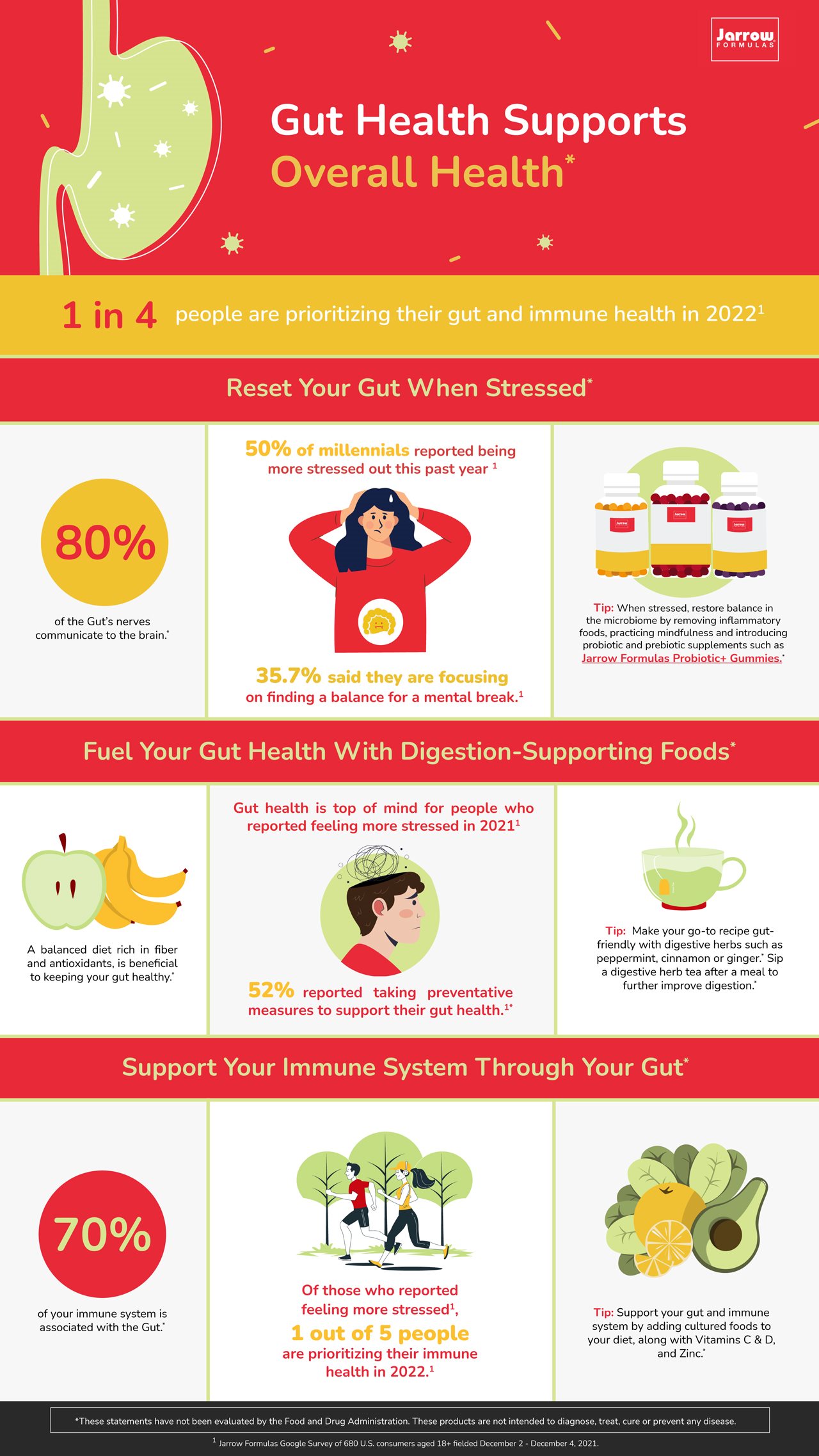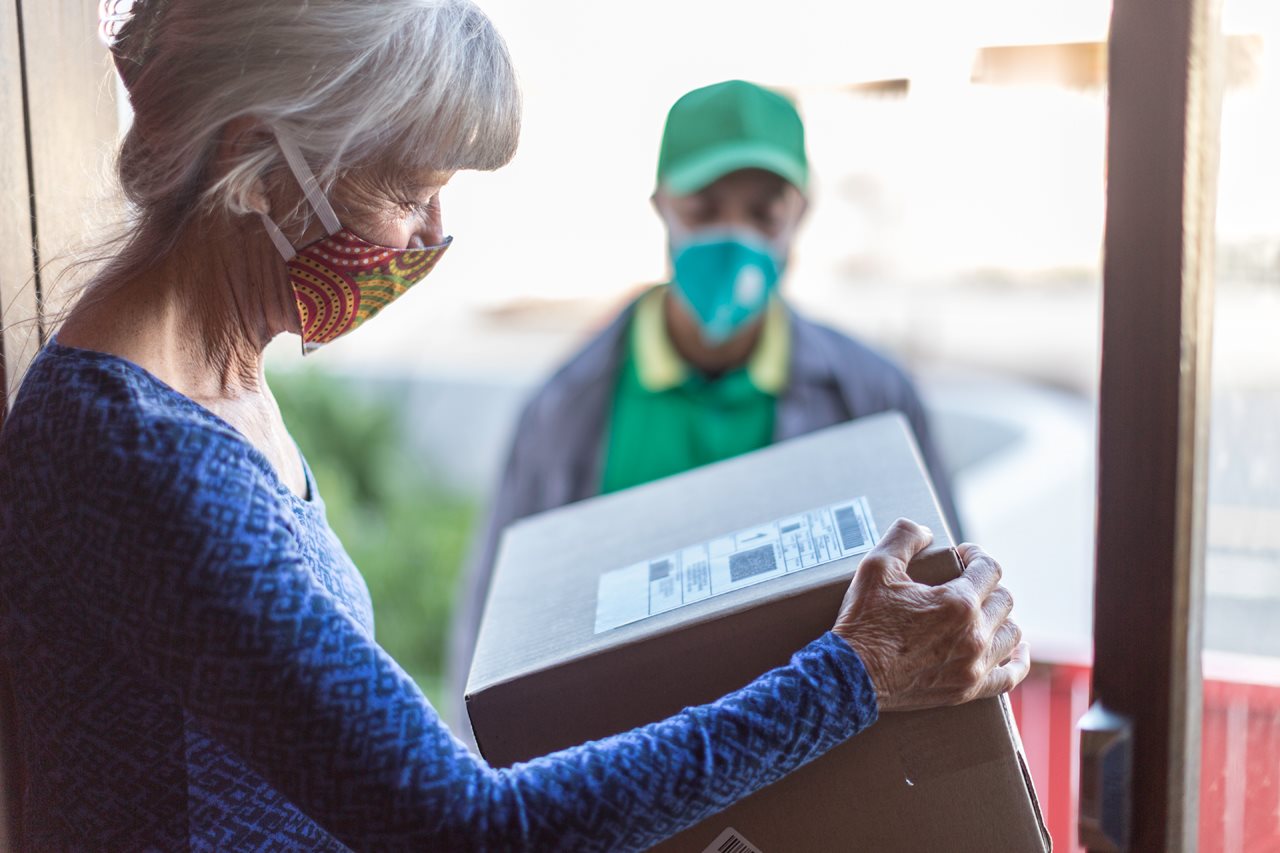2022-02-03T16:42:25
(BPT) – During the initial shock of a cancer diagnosis, patients can be overwhelmed by all the decisions that need to be made. Staying alive and getting the cancer out are top of mind with little time to think about life after cancer. But what happens after the treatments, after mastectomy and even after breast reconstruction?
Thanks to advancements in treatment, patients are living longer. But now patients face a new set of challenges — the long-term impact to quality of life from treatment and surgery. One of those challenges is potentially facing the rest of their life with a completely numb chest.
Explaining post-mastectomy numbness
Sensation loss post-mastectomy is common, but why?
There are sensory nerves that run from the breast to the nervous system, sending signals that allow you to feel touch, temperature and even pain. But during mastectomy, these nerves need to be cut when the rest of the breast tissue is removed. If the nerves aren’t repaired during breast reconstruction, they can no longer send signals. No signals mean no sensation. And often, even reconstructed breasts are permanently numb.
Women often say they weren’t prepared for how numb they would feel after mastectomy or just how much it would impact their daily lives. (Reference: Crohan S, Campbell A. Breast Sensations Research Report. Inspired Health. October 2020. Report on file at Axogen.) Think of the awkwardness and discomfort you experience after leaving the dentist with a partially numb mouth. Now imagine feeling that all the time in a large portion of your chest, potentially for the rest of your life.
It can be more than an inconvenience. It can be a safety issue, too. Without sensation, you’re unable to gauge whether water is too hot or a seatbelt is too snug. You may not even be able to tell if your chest is injured while doing a physical activity. But perhaps worst of all, the sense of touch is gone. You may no longer be able to feel warm hugs from your loved ones or a child’s head resting on your chest. And you may be surprised by how much numbness may impact intimacy in relationships.
How can feeling be restored?
In the past, successful reconstructive surgery focused solely on restoring the appearance of the breast (recreating the size, shape, symmetry, softness). But restoring feeling and sensation has been largely ignored.
With advanced technology, a pioneering surgical procedure now exists that can help to restore sensation for breast cancer survivors and previvors post-mastectomy.
This surgical technique, called Resensation, is performed during breast reconstruction. Surgeons use a processed nerve allograft to reconnect the nerves in the chest that were cut during a mastectomy. The allograft then guides regrowth of nerve fibers and over time offers the opportunity to regain sensation.
What have women said about the procedure?
Women across the country have received this procedure helping them to regain sensation in their chest. They’ve stated that regaining sensation helped them feel more normal and more like their old selves, according to the Breast Sensations Research Report. In fact, 97% of women interviewed in a recent study who underwent Resensation:
- Would recommend that a friend or family member explore neurotization options
- Said potential rewards in terms of physical and emotional impact and quality of life outweighed potential risk of the procedure not being successful
- Believe that restoring breast sensation should become standard of care for breast reconstruction
What’s next?
It’s important that doctors and surgeons have open conversations with breast cancer patients to discuss life after mastectomy and that losing sensation is a possibility. This allows patients time to consider their options, ask questions, do their research and understand that options exist to potentially restore feeling. A first step in this process is visiting Resensation.com to learn more about the procedure and hear from past patients.















